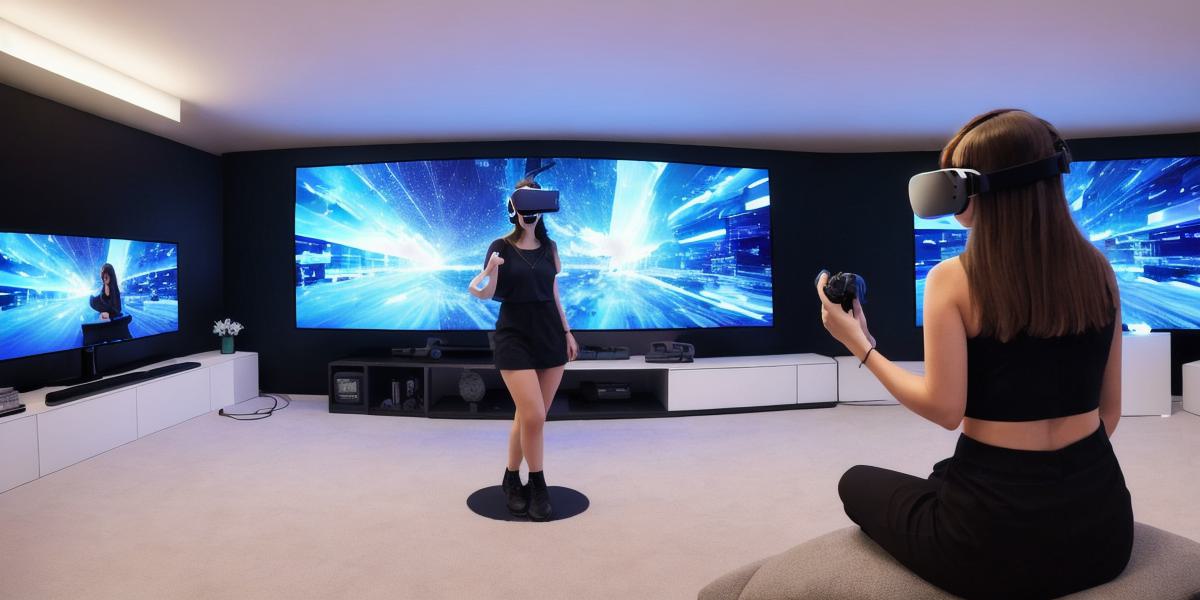Virtual Reality (VR) has been rapidly advancing over the past decade, with developers creating increasingly immersive and realistic experiences. But the question on everyone’s mind is: Is VR like real life? In this article, we will explore both the pros and cons of VR and see how it compares to our everyday experiences.
Pros
One of the biggest advantages of VR is its ability to provide a highly immersive experience. When you put on a headset and step into a virtual world, you are fully enveloped in that environment. This can be especially useful for training purposes, where you can practice skills in a safe and controlled environment without risking injury or harm.
Another advantage of VR is its ability to provide a unique perspective. By stepping into a virtual world, you can see things from a completely different angle than you would in real life. This can be especially useful for architects, engineers, and other professionals who need to visualize complex designs and structures.
Cons
While VR can be highly immersive and provide a unique perspective, it is still not a perfect replica of real life. One of the biggest challenges with VR is the lack of sensory feedback. While VR headsets can simulate some aspects of our senses, such as sound and visuals, they cannot yet replicate the full range of sensations we experience in the real world.
Another challenge with VR is the potential for motion sickness. For some people, the sudden shifts in perspective and movement that occur in VR can cause nausea and dizziness. While this can be overcome with careful design and development, it remains a significant barrier to widespread adoption of VR.
Real-Life Examples
Despite these challenges, there are many real-life examples of how VR is being used in a variety of industries. For example, the military has been using VR for training purposes for decades, allowing soldiers to practice skills in a safe and controlled environment. In addition, VR is being used in the healthcare industry to provide patients with immersive experiences that can help with pain management and other therapeutic treatments.
Summary
While VR may not be a perfect replica of real life, it does offer many unique advantages and opportunities for exploration and learning. As developers continue to push the boundaries of what is possible with VR, we can expect to see even more innovative uses of this technology in the future.
